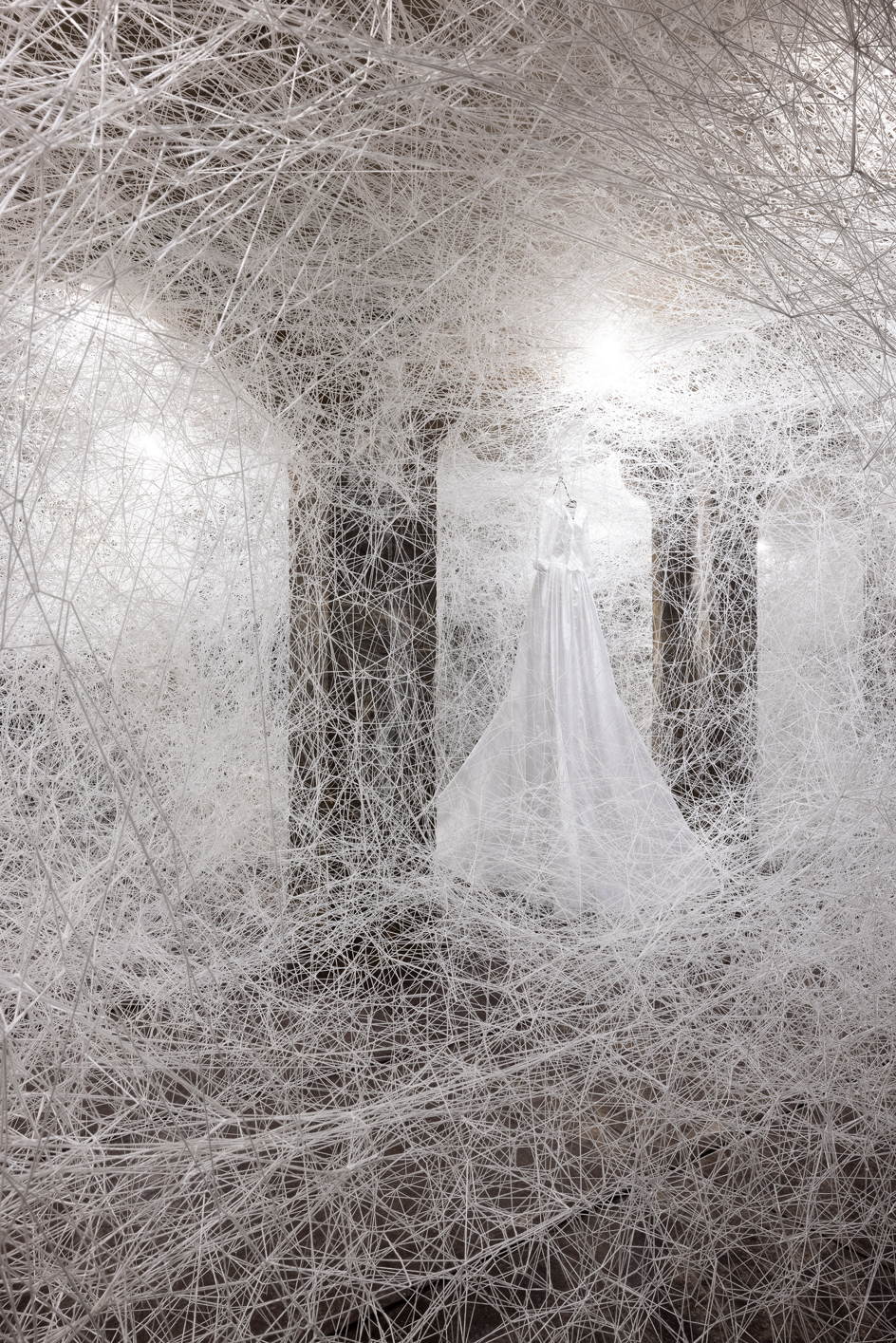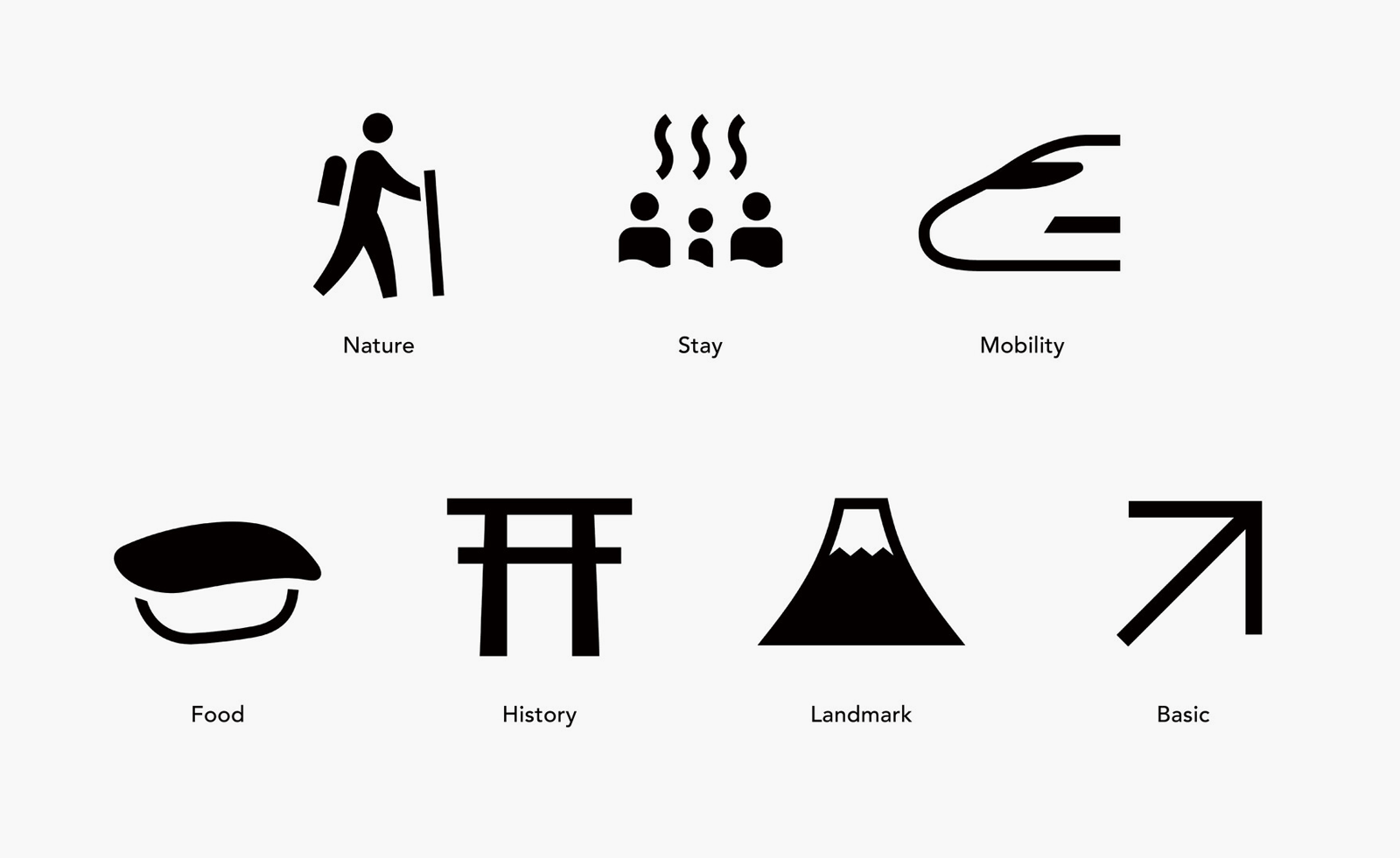Chiharu Shiota’s ‘labyrinth within a labyrinth’ at Copenhagen’s Cisternerne
Chiharu Shiota has become the latest artist to take over the arched depths of Copenhagen’s Cisternerne. Titled Multiple Realities, her installation is a poetic landscape of web-like yarn, both serene and unsettling

Chiharu Shiota has amazed us again, perhaps more than ever, with a monumental installation in the eerie underworld of the Cisternerne, a subterranean art space in Copenhagen that was once a reservoir.
‘I tried to create an illusion in this otherworldly environment; a labyrinth within a labyrinth,’ says the Berlin-based Japanese artist. At the invitation of curator Astrid la Cour, Shiota first visited the museum three years ago during Jeppe Hein's exhibition ‘In is the only way out’, and was inspired by space. ‘This place is absolutely unique in its architecture and presence of water. And it gives the invited artists total freedom to choose whichever material. Jeppe was using fire! I instantly had the idea to play with water; flowing and dynamic water that makes us feel the force of life.’
Titled Multiple Realities, Shiota’s installation is the latest iteration in the Cisternerne’s all-star series of annual site-specific commissions, which has previously featured Tomás Saraceno (W*254), Superflex, Hiroshi Sambuichi and Eva Koch. It spreads out over 1,000 sq m of underground space, where water drips down stone walls and alcoves and flows slowly across the floor.

Portrait of artist Chiharu Shiota with Where are we going?, 2017. Installation: metal frame, rope, cotton thread. Le Bon Marché Rive Gauche, Paris, France.
Shiota is known for her delicate cobweb-like compositions made of entangled yarn. ‘Weaving a web is, for me, an alternative to drawing,’ she explains. ‘I used to draw and paint, yet struggled to find my own mode of expression. I realised that most themes have been already explored as two-dimensional static art. But when I started to draw in the air with a single yarn, knotting and developing spontaneously, I finally found my signature.’ Though she often combines the web with anonymously donated everyday objects such as keys, chairs and clothes, this time she has created something new.
The Cisternerne, which once supplied drinking water to all of Copenhagen, was transformed into a space for contemporary art in 2013. Through a small, angular glass pyramid entrance in the middle of Søndermarken Park, visitors are invited to descend the stairs towards the vast rectangular chambers. It’s there that they are wowed by the poetic landscape of Shiota’s white web, which is almost divinely luminous against the otherwise gloomily lit environment. On closer inspection, a long, lean silhouette of a white dress becomes visible, imprisoned behind the flood of white yarn. Welcome to Shiota’s universe. ‘The serene atmosphere here contrasts with the dynamic elements to follow,’ she explains.


Top and above: Installation view of Chiharu Shiota, ’Multiple Realities’, at Cisternerne, Copenhagen.
Following the metal walkways, installed especially for this show, we encounter a ceiling-mounted red sculpture, rotating and making a buzzing sound. It is made of a few geometrically shaped metal tubes and covered with red yarn. The motion is reflected in an adjacent mirror, and also in the water beneath. Further down, a white dress, similar to the one behind the web, hangs from the ceiling and rotates, stirring the water below and causing a splash. Another dress, in blood-red, is likewise in motion, playing with the water.
The further we go, the more dresses and sculptures appear in a crescendoing sequence. The show features seven nylon dresses in all, each in red or white, and each almost 3m-long including the train. Though Shiota’s designs evoke simplified 19th-century costumes, she says she didn’t seek to reference a specific historical style. Rather, her goal was to create a shelter to envelop a body – ‘presence by absence’, as she calls it. ‘The dresses are all alone. Their wearers are missing,’ she says. ‘But a hint of their existence is in the air. The water, not stagnated but in movement, means vitality. Visitors can see them from every angle, and thus feel multiple realities.’
Receive our daily digest of inspiration, escapism and design stories from around the world direct to your inbox.

Installation view of Chiharu Shiota, 'Multiple Realities', at Cisternerne, Copenhagen.
Alongside 'presence by absence', another of Shiota’s manifestos is the 'expression of silence'. An artist of few words, she expresses herself through her installations instead of speaking in public, an approach that calls to mind the Japanese notion of ‘beauty in silence’. In another Japanese cultural reference, the idea of celebration could be read in this exhibition, suggested through the colour combination of red and white. However, as the artist affirms: ‘My work is not necessarily anchored to my Japanese origin.’
More evidently, her artistic motivation is based on deep thoughts about human nature, ‘because it is universal and fundamentally questioning. Death is always present around us. Sometimes the departed ones manifest a stronger presence than [during] their lifetime,’ she says. ‘When I was kid, my parents took me regularly to their hometown in Kochi [on Shikoku island, in south-west Japan] and we visited the cemetery where my late grandmother is buried. She was not cremated, which is uncommon in Japan. There, we observed the ritual of removing overgrown weeds from the grave, but I was scared to wake her up from the land where she is resting.’

Installation view of Chiharu Shiota, 'Multiple Realities', at Cisternerne, Copenhagen.
Shiota has opened up in past interviews about her serious illness in 2005, which profoundly influenced her work. Even with life and death on her mind, her installations are not violent or heavy, but poetic and dreamy.
‘For each show, my preparation is really intense. I have to focus, especially on web-weaving. After installing [the work] – the longest it has taken is two weeks – I feel like a shadow of myself, completely frazzled. I just need to sleep and rest.’ This time, over ten installation days, she and her team patiently wove the web, starting from the ceiling toward the endless void, using 160km of yarn in total. The rotating effect of her dresses and sculptures reflects two years of experiments in her workshop during the Covid-19 pandemic. ‘We did considerable [and] painstaking research on the right balance of the weight, speed and centrifugal force of the objects,’ she recalls.
Now the emotion-laden show is ready. ‘This exhibition is a special experience,’ says Shiota. ‘You might be thrilled to feel lost, without knowing any longer where or when it is.’



Installation views of Chiharu Shiota, ’Multiple Realities’, at Cisternerne, Copenhagen.
INFORMATION
‘Multiple Realities’, 13 March - 30 November 2022 at Cisternerne, Copenhagen, frederiksbergmuseerne.dk; chiharu-shiota.com
This article will appear in the May 2022 issue of Wallpaper*(W*277), on newsstands and available to subscribers from 8 April 2022
Minako Norimatsu is a Japanese journalist and consultant based in Paris. Extremely curious about everything creative, her field ranges from fashion to art, dance, hospitality and travel. She has interviewed many Japanese fashion designers and artists for Wallpaper*, as well as non-Japanese creatives whose inspirations are drawn from Japan.
-
 Volvo’s quest for safety has resulted in this new, ultra-legible in-car typeface, Volvo Centum
Volvo’s quest for safety has resulted in this new, ultra-legible in-car typeface, Volvo CentumDalton Maag designs a new sans serif typeface for the Swedish carmaker, Volvo Centum, building on the brand’s strong safety ethos
-
 We asked six creative leaders to tell us their design predictions for the year ahead
We asked six creative leaders to tell us their design predictions for the year aheadWhat will be the trends shaping the design world in 2026? Six creative leaders share their creative predictions for next year, alongside some wise advice: be present, connect, embrace AI
-
 10 watch and jewellery moments that dazzled us in 2025
10 watch and jewellery moments that dazzled us in 2025From unexpected watch collaborations to eclectic materials and offbeat designs, here are the watch and jewellery moments we enjoyed this year
-
 Yuko Mohri’s living installations play on Marcel Duchamp’s surrealism
Yuko Mohri’s living installations play on Marcel Duchamp’s surrealismThe artist’s seven new works on show at Milan’s Pirelli HangarBicocca explore the real and imaginary connections that run through society
-
 Get the picture? A new exhibition explores the beautiful simplicity of Japanese pictograms
Get the picture? A new exhibition explores the beautiful simplicity of Japanese pictogramsThe simple, minimalist forms of a pictogram are uniquely Japanese, as new exhibition 'Pictograms: Iconic Japanese Designs' illustrates
-
 Out of office: the Wallpaper* editors’ picks of the week
Out of office: the Wallpaper* editors’ picks of the weekIt was a jam-packed week for the Wallpaper* staff, entailing furniture, tech and music launches and lots of good food – from afternoon tea to omakase
-
 Inside Kyotographie, Japan’s world-renowned photography festival
Inside Kyotographie, Japan’s world-renowned photography festivalKyotographie 2025 embraces the theme ‘Humanity’ in Kyoto – Amah-Rose Abram reports with the highlights, from major and emerging photographers
-
 'I’m So Happy You Are Here': discover the work of Japanese women photographers
'I’m So Happy You Are Here': discover the work of Japanese women photographersSubtitled ‘Japanese Women Photographers from the 1950s to Now’, this new monograph from Aperture is a fascinating insight into a critically overlooked body of work
-
 Deathmatch wrestling’s behind-the-scenes moments and bloody glory
Deathmatch wrestling’s behind-the-scenes moments and bloody gloryA new limited-edition book explores the intersection between art and deathmatch wrestling at a sold-out show held in Tokyo
-
 BLUM marks 30 years of Japanese contemporary art in America
BLUM marks 30 years of Japanese contemporary art in AmericaBLUM will take ‘Thirty Years: Written with a Splash of Blood’ to its New York space in September 2024, continuing its celebration of Japanese contemporary art in America
-
 Olafur Eliasson inaugurates Azabudai Hills Gallery in Tokyo
Olafur Eliasson inaugurates Azabudai Hills Gallery in TokyoOlafur Eliasson marks launch of Azabudai Hills Gallery, in Tokyo’s major new district, with a show of elemental strength